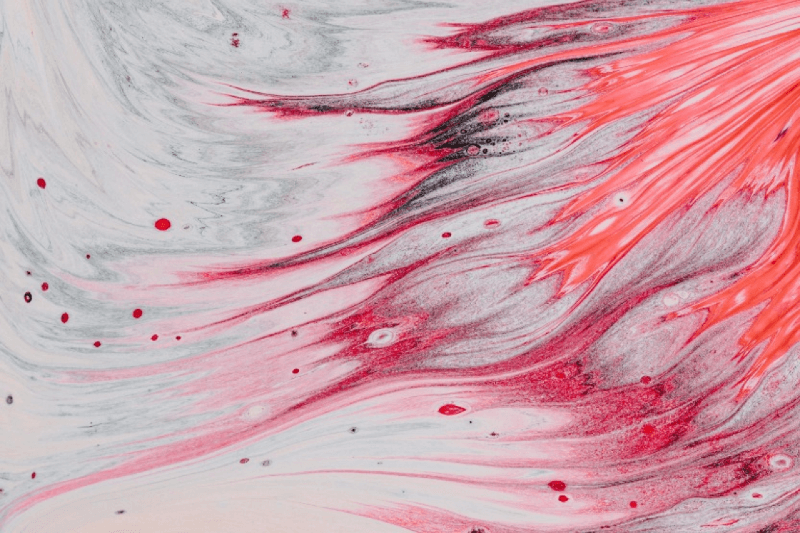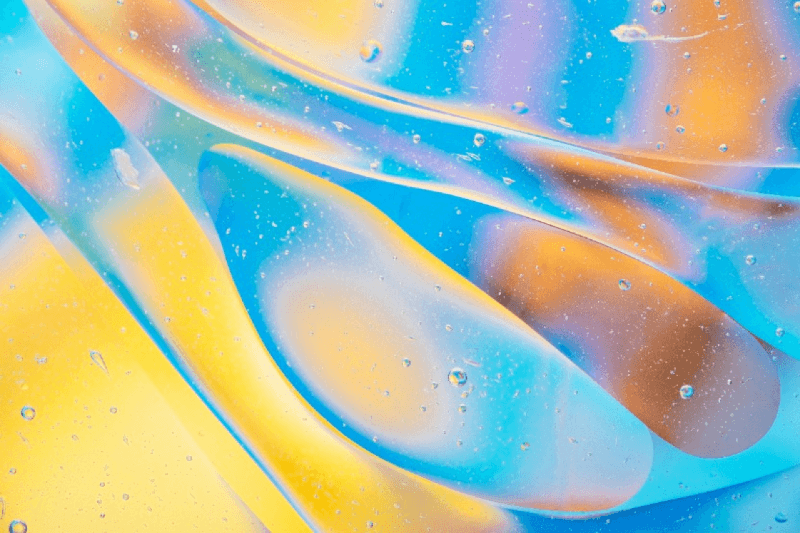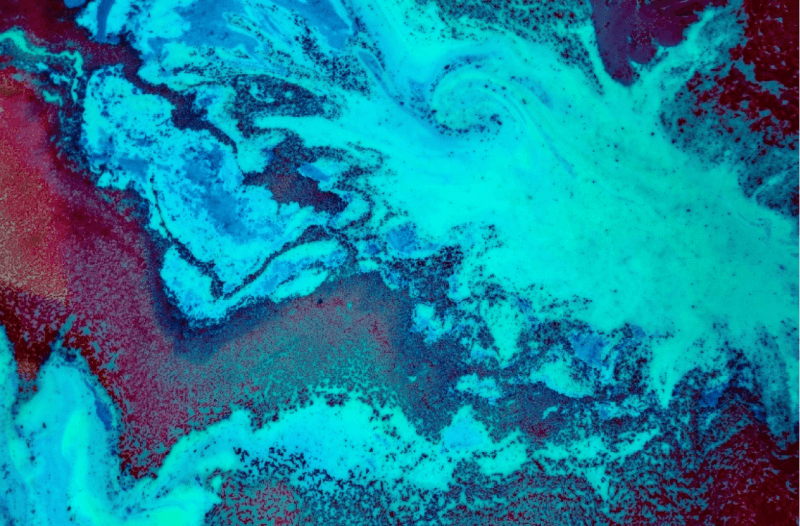Optical microscopy methods in studies of cell migration
Dr. hab. Zenon Rajfur, Professor at the Jagiellonian University, uses advanced optical microscopy techniques, such as Time-lapse Microscopy and ODMR-TFM, to investigate cell migration and mechanical interactions. His work provides valuable insights into tissue regeneration and disease mechanisms.
This video is licensed under a Creative Commons Attribution-NonCommercial-NoDerivatives (CC BY-NC-ND) license. You are free to share it for non-commercial purposes with proper attribution, but no modifications or adaptations are allowed.
1. Why use this method?
Optical microscopy is a fundamental tool used in biological research that utilizes light to investigate the physiological functions and dynamics of living systems, such as cell migration, in a relatively simple and non-invasive manner. The potential of optical microscopy can be further expanded by combining it with other advanced techniques, creating cutting-edge tools such as Time-lapse Microscopy and Optically Detected Magnetic Resonance-Traction Force Microscopy (ODMR-TFM).
Time-lapse Microscopy enables real-time investigation of cellular behaviors by capturing sequences of images at defined intervals over time, which can be used to map dynamic changes in the morphology and migration patterns of the evaluated cell types.
ODMR-TFM enables the simultaneous measurement of two parameters: cellular traction forces and local temperatures around the examined cells, providing insights into both mechanical interactions and thermal changes during cell migration.
These innovative techniques can improve our understanding of the mechanisms underlying physiological processes, such as tissue repair and wound healing, and pathological states, such as cancer and inflammation.
2. What you’ll need
Time-lapse Microscopy:
Equipment:
- Wide-field inverted microscope with time-lapse capabilities (e.g., Axio Observer Z1 with AxioCam camera and a Plan Apochomat 10x/0.45 objective)
- Incubator for cell cultures
- UV lamp
- Image analysis software (e.g., ImageJ with ROI Tracker plugin, MATLAB)
- Statistical software (e.g., Origin-Pro)
Materials:
- Cell culture of interest
- Polyacrylamide (PA) hydrogel substrates
- Glass-bottom dishes and coverslips
- Reagents: culture media, Sulfo-SANPAH solution, PBS, fibronectin, solutions for silanization
ODMR-TFM:
Equipment:
- Wide-field inverted microscope (e.g., Axio Observer Z1) with fluorescence lamp (e.g., HXP120), 40x/0.6 dry objective and CMOS camera (e.g., ORCA-Flash 4.0 V2)
- Incubator for cell cultures
- Microwave generator (e.g., Rohde & Schwarz SMBV100A) with an amplifier (e.g., Mini-Circuits ZRL-3500+) and an antenna, oscilloscope
- UV lamp
- Software for TFM and ODMR data analysis
Materials:
- Cell culture of interest
- Polyacrylamide (PA) hydrogel substrates embedded with NV– microdiamonds and green fluorescent beads (200 nm)
- Glass-bottom dishes and coverslips
- Reagents: culture media, Sulfo-SANPAH solution, type-I collagen, PBS, polymerization agents, solutions for silanization
3. Step-by-step instructions
Time-lapse Microscopy:
- Prepare the cell culture and maintain it in a humidified 37°C incubator with 5% CO2.
- Arrange the PA hydrogel substrates with stiffness corresponding to the mechanical properties of targeted tissue, apply them to the silanized glass-bottom dishes, and activate with Sulfo-SANPAH solution and UV light. Wash the substrates with PBS and incubate them with fibronectin for 12 h.
- Seed chosen cells onto the substrates, and 30 min after observing cell adhesion start recording cell migration. Continue data acquisition for 4 h with 90 s intervals. Maintain temperature of 37°C and 5% CO2 concentration throughout the image acquisition.
- Process obtained images (e.g., 50 cells per substrate from five independent samples) and analyze the data.
ODMR-TFM:
- Arrange substrates with stiffness corresponding to the mechanical properties of targeted tissue: prepare PA hydrogels with addition of NV– diamonds suspension and 2% green fluorescent beads (200 nm), then apply them to the silanized glass coverslips, and on top place a glass bottom dish to allow upside-down polymerization. Activate the substrates with Sulfo-SANPAH solution and UV light, then wash them with PBS, and incubate with type-I collagen for 12 h.
- Seed chosen cells onto the substrates and culture them for 12 h (37°C and 5% CO2).
- Every 10 min for 4 h, measure local temperature via ODMR (with temperature changing gradually by 1°C between each time step) and cellular traction forces through the collection of TFM beads images. Maintain temperature of 37°C and 5% CO2 concentration while recording.
- After performing the ODMR-TFM experiments, use Fourier transform traction cytometry (FTTC) and particle image velocimetry (PIV) methods to process TFM data. Analyze ODMR data to determine the relative temperature changes.
4. Practical tips
Time-lapse Microscopy:
Remember to use a definite focus component to maintain the proper focal plane. During observation, ensure that the cells are not in contact with each other and are not undergoing division. Keep in mind that the morphological states of some cells may be difficult to verify and will require manual annotation.
ODMR-TFM:
During substrate preparation, ensure proper dispersion of microdiamonds in the PA hydrogel using oxygenated diamonds suspended in deionized water. Remember to always verify the elasticity and topography of the prepared substrates using atomic force microscopy (AFM).
5. Critical appraisal & implications for future research
Optical microscopy, when combined with various physical methods, is a powerful tool for studying living systems. It improves our understanding of cellular physiology by elucidating the physical aspects of cellular behavior. However, optical techniques present several challenges. The limited spatial resolution of TFM may hinder a detailed analysis of the localized cellular activity. Similarly, the current precision of temperature measurements may be insufficient to detect subtle changes in specific biological processes. To date, these techniques have only been implemented in single-cell-type in vitro studies, which cannot fully represent the cell dynamics in whole tissues in vivo. Future research should address these issues through equipment optimization and the introduction of more advanced multicellular setups that better reflect the characteristics of living organisms. Furthermore, the analysis of cell migration in these sophisticated systems requires the development of new quantitative methods for managing large datasets. These improvements will expand the applicability of optical microscopy techniques in biological research and drive the development of innovative therapies.
This protocol is licensed under a Creative Commons Attribution-NonCommercial (CC BY-NC) license, allowing sharing and adaptation for non-commercial purposes with proper attribution.





Adding comments is only possible for registered users.
Sign in